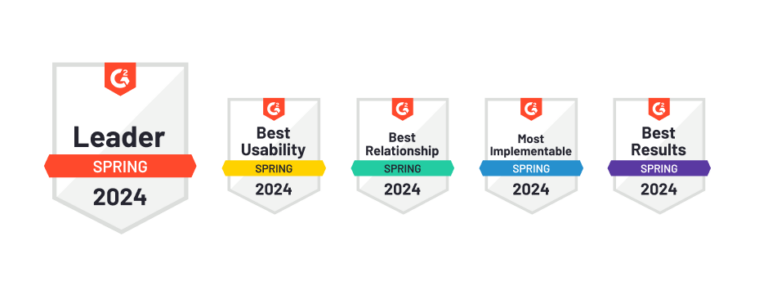
Flat-rate pricing allows you to offer straightforward prices on services independent of the time and supplies needed to complete the job successfully. There can be both benefits and risks for offering flat-rate pricing in the service contracting industry.It helps in terms of providing straightforward pricing to customers who want to know how much they will spend up-front — for example, for a standard installation or repair. In fact, some customers may be open to paying more as long as they get a guaranteed rate. This factors into a transparent pricing model where there are no unwanted surprises.Plus, simple, transparent pricing can help you sell more work, more easily. As a result, flat-rate pricing for specific services can help your business to scale as it will attract a consistent stream of budget-conscious customers. On the other hand, service contracting jobs can vary widely in terms of time spent and supplies needed.Service calls that may appear routine at first could uncover a much deeper issue that requires more resources. In this situation, the customer does not want to hear that they must pay more after accepting a flat-rate price.As you can see, there are both benefits and risks of flat-rate pricing to explore. Keep reading to learn more.
Enhance productivity
With flat-rate pricing, it’s easier for service contracting companies to scale. To illustrate, hourly pricing can be quite vague and malleable. There are so many factors that can determine the total cost of an hourly job. With flat-rate pricing, the costs are straightforward, and the jobs can — usually — be completed quickly and easily.With a flat-rate pricing structure, your business can attract more clients who like to know what they’re paying up-front. Also, the faster a job gets completed, then the more money there is to be made. Flat-rate pricing helps your company to focus on how to deliver as much value in as little time as possible. In this way, it encourages productivity.Yet, it’s important to offer flat-rate pricing for the types of service jobs that are routine and can be easily repeated. It might not make sense to offer flat-rate pricing for more complex jobs where there are too many unknowns.
Decrease service cycle times
Along the same lines as enhancing productivity, flat-rate pricing can help shorten the service cycle for both the service contractor and the client. Here are just a few ways flat-rate pricing does this:
- Easier to schedule a service call because the customer knows they’ll get a simple quote
- Customers are more willing to accept flat-rate pricing which leads to quick sales, and faster job starts
- There are fewer disruptions as the service technician has fewer things to manage on-site
- Work is completed more quickly because it encourages your team to work within guidelines
- Less downtime when paperwork is standardized and sales are streamlined
Flat-rate pricing helps to simplify the entire service cycle from the customer’s first call or point of contact. It also helps to keep the quotation and payment processes much more streamlined. It’s less time consuming and much more efficient.In addition, it improves flexibility during dispatch. For instance, when they aren’t paying by the hour, customers aren’t as worried about how much time is spent on a service call. Instead, the customer’s satisfaction levels are based upon the flat-rate price and value of the completed work.
Service technicians enjoy the simplicity of flat-rate pricing
When out on a service call, a service technician is expected to wear multiple hats: the technician, the customer service agent, salesperson, and the billing processor. Trying to fill multiple roles can be both stressful and overwhelming.Service technicians shouldn’t be required to act as accountants. So, flat-rate pricing gives them the ability to focus on their core job responsibilities without any hassle of trying to figure out the final cost upon job completion. Not to mention, it takes meticulous detail to record all the time and materials used on a service call, unless you’re using a great estimating app.When technicians have completed a job, they might not record every item needed for accurate payment processing. As a result, lost revenue may occur if there are missing time and materials on the final invoice. Many companies address this with a central office review of estimates/invoices, which can be made easier through field management software.
Reduce the billing cycle
One of the biggest benefits of flat-rate pricing is that it allows you to decrease the time you spend on the billing cycle. This can help to improve cash flow and reduce the volume of aging accounts receivables. Invoices can be prepared and sent immediately since there aren’t as many calculations or details required.Plus, payments can be even made directly with the service technicians before they leave the client’s location. It also helps to alleviate any potential billing disputes, or customer complaints, since pricing is straightforward.
Potential issues with flat-rate pricing and some benefits of cost-plus pricing
While flat-rate pricing can improve workflows, customer satisfaction, and profit margins, there are some possible caveats. For example, a service technician might start on what appears to be a routine job and find out that the situation is not exactly as expected — or much more difficult than anticipated. Telling the customer that the “guaranteed” price has gone up can cause problems.When this situation is more likely, it makes the most sense to implement a cost-plus pricing strategy. To calculate your pricing using the cost-plus method, determine your break-even price for service (based on the time it requires) and add up all of your materials cost. Then you set an expected profit margin and add it to the price. This guarantees you’re getting paid for the time and materials. Plus you’re certain to make a good margin on the work. With larger, or more complex jobs, cost-plus pricing is likely to be the most logical option.
Final thought
Today’s customers want to get a quote and have a clear expectation for routine service calls. For HVAC, plumbing, electrical, or any other service contracting business, the objective should be to meet your set goals for customer satisfaction and company profitability.Flat-rate pricing can help to achieve those goals while improving the efficiency and productivity of daily operations. It’s a great fit when jobs can be standardized and rarely encounter complications. Look to methods like cost-plus pricing for more in-depth and complex service calls.


